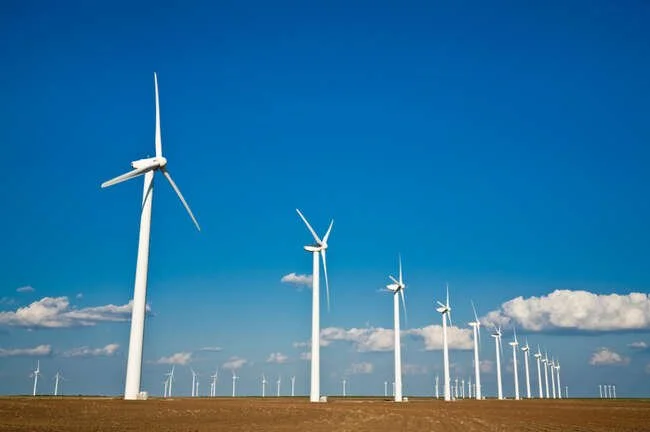Tips on Improving your Chance of Success for Federal Utility Grants - Infrastructure Investment & Jobs Act
How to make your application “grant-worthy” for Federal Grants
The 2021 Infrastructure Investment and Jobs Act (the Act) provides $65 billion in funding for broadband projects and $65 billion for electric projects. $370 billion more in funding was included in the 2022 climate bill. What distinguishes one project from another to successfully obtain the grant that will improve your infrastructure and benefit your customers? This short list from the EPA may increase your chances of success:
1. Make sure your organization is eligible for the program. Do not get your application tossed out on a technicality.
2. Match your project as closely as possible to the grant requirements. For example, does the broadband grant include a requirement for a census of underserved areas? Do that census before applying for the grant. Electric project grants require a defined project before applying. Do that too.
3. Write your grant with an eye to the scoring criteria - expand in areas that will be worth more points in the evaluation process.
4. Include all forms in the application - do not say “to be provided” or your grant application work will most likely be disqualified.
5. More words are not better. Be clear and concise.
6. Use the samples and checklists in the grant document.
7. Give facts, not opinions.
These are common sense, but worth keeping in mind as the competition for grant dollars may be fierce in many of these areas. $65 and $370 billion sounds like a lot (and it is) but the dollars are spread over five years.
Wind Farm
Key takeaways in successfully seeking grants
1. Grants are available for a host of electric and broadband infrastructure projects through the 2021 Infrastructure Investment and Jobs Act
2. Grant writing can be outsourced for an hourly fee, retainer plus success based, or part of a project management contract.
3. In-house grant writers can be cost effective if your power and utilities organization (or municipality) will be a regular part of the grant process.
4. Weigh the costs of in-house grant writers against the additional resources gained by out-sourcing the grant process.
The curve shows the hour and day of the month where this customer class contributes to the water system's peak usage. These drivers direct the impact of costs since the water system must be designed to meet maximum customer usage (with a potential fire event).
About Russ Hissom - Article Author
Russ Hissom, CPA is a principal of Utility Accounting & Rates Specialists a firm that provides power utilities rate, expert witness, and consulting services, and online/on-demand courses on accounting, rates, FERC/RUS construction accounting, financial analysis, and business process improvement services. Russ was a partner in a national accounting and consulting firm for 20 years. He works with electric investor-owned and public power utilities, electric cooperatives, broadband providers, and gas, water, and wastewater utilities. His goal is to share industry best practices to help your business perform effectively and efficiently and meet the challenges of the changing power and utilities industry.
Find out more about Utility Accounting & Rates Specialists here, or you can reach Russ at russ.hissom@utilityeducation.com
The material in this article is for informational purposes only and should not be taken as legal or accounting advice provided by Utility Accounting & Rates Specialists. You should seek formal advice on this topic from your accounting or legal advisor.

